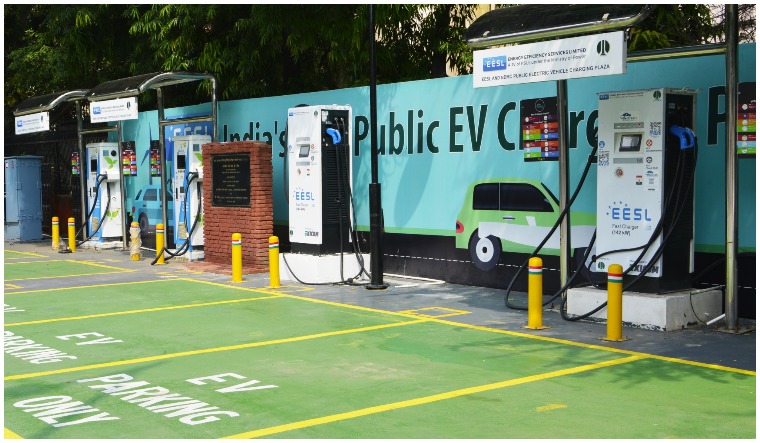Researchers have advanced understanding of how wireless charging roads might influence driver behaviour.
By applying statistical geometry to analysing urban road networks, King Abdullah University of Science and Technology (KAUST) researchers have developed city planning in a future where electric vehicles (EVs) dominate the car market.
"Our work is motivated by the global trend of moving towards green transportation and EVs," says postdoc Mustafa Kishk.
"Efficient dynamic charging systems, such as wireless power transfer systems installed under roads, are being developed by researchers and technology companies around the world as a way to charge EVs while driving without the need to stop. In this context, there is a need to mathematically analyse the large-scale deployment of charging roads in metropolitan cities."
Many factors come into play when charging roads are added to the urban road network. Drivers may seek out charging roads on their commute, which has implications for urban planning and traffic control. Meanwhile, the density of charging road installations in a city, and the likely time spent on and between the charging roads by commuters, could influence the size of batteries installed in EVs by car manufacturers.
Calculating the metrics that could be used to analyze a charging road network is very significant, as Kishk's lab colleague, Duc Minh Nguyen, explains.
also read
- Planning to buy an electric vehicle? This weekend’s GST meeting could give you an e-‘shock’
- Honda Motorcycle and Scooter India bets big on the Indian electric mobility segment
- Electric Vehicles to energy transition, what India will focus on at COP29
- New RE Himalayan 450 or KTM 390 Adventure R: What will win India’s heart at EICMA 2024?
"Our main challenge is that the metrics used to evaluate the performance of dynamic charging deployment, such as the distance to the nearest charging road on a random trip, depend on the starting and ending points of each trip," says Nguyen.
"To correctly capture those metrics, we had to explicitly list all possible situations, compute the metrics in each case and evaluate how likely it is for each situation to happen in reality. For this, we used an approach called stochastic geometry to model and analyze how these metrics are affected by factors such as the density of roads and the frequency of dynamic charging deployment."
Applying this analysis to the Manhattan area of New York, which has a road density of one road every 63 meters, Kishk and Nguyen with research leader Mohamed-Slim Alouini determined that a driver would have an 80 percent chance of encountering a charging road after driving for 500 meters when wireless charging is installed on 20 percent of roads.
"This is the first study to incorporate stochastic geometry into the performance analysis of charging road deployment in metropolitan cities," Kishk says. "It is an important step towards a better understanding of charging road deployment in metropolitan cities."




